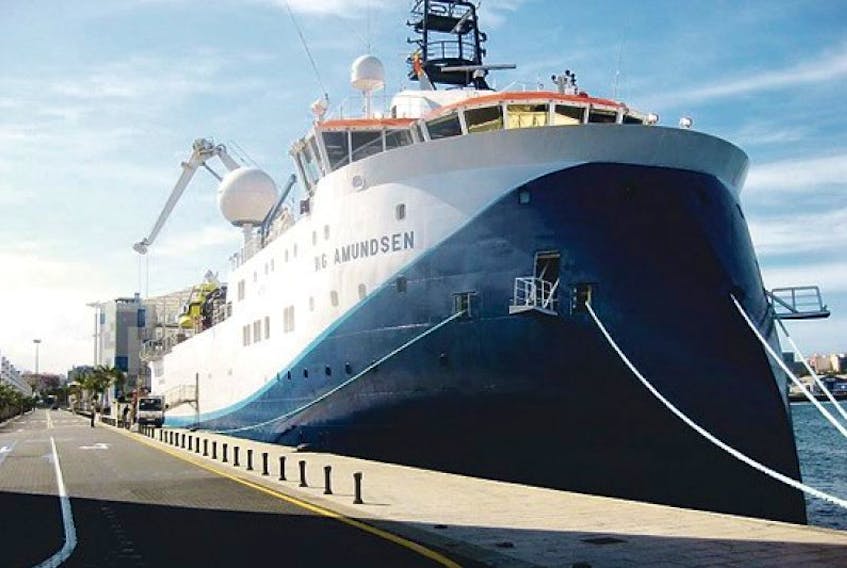Imagine you are one of the most important industries in the world, essential for discovering and delivering the world’s energy resources, from offshore wind to oil and natural gas. For more than 50 years, the energy industry has depended extensively on seismic surveying to accurately and safely pinpoint energy resources that fuel our world. Energy starts here.
Seismic surveys are a safe and reliable scientific tool conducted for many purposes in addition to oil and gas exploration, including understanding and predicting earthquakes and tsunamis, pinpointing sand deposits for coastline re-nourishment, and selecting appropriate sites for offshore alternative energy projects.
Over the past few weeks, there has been a great deal of attention on zooplankton and potential impacts from exploration activities and seismic surveys offshore Canada. Despite there being little to no substantiated evidence of sound from seismic surveys doing irreparable harm to zooplankton, these claims continue to make headlines. Some scientists attribute “disappearing” plankton to seismic surveys even while fully admitting they have “no clear answer” and that zooplankton decline may be caused by any number of factors. Rather than critically exploring possibilities, many seemed content with stopping at seismic surveys even though surveys have been conducted worldwide for decades without any evidence of this assertion.
Here are some of the facts:
- The most frequently cited study reporting mortality and harm to zooplankton is from McCauley et al. (2017). However, independent consultation with several internationally renowned experts in this type of work elicited comments including: the sample size was inadequate and could not support the statistical treatments used by the authors; the work should not have been published due to technical issues with the study design; and the conclusions drawn were not supported by the data. More than one reviewer noted that the authors of this paper are not trained plankton ecologists and questioned their qualifications as an underlying factor in the problematic aspects of how the data were collected and analyzed.
- A zooplankton followup study conducted by the Commonwealth Scientific and Industrial Research Organisation (CSIRO) ― the independent Australian federal government agency responsible for scientific research, in which the results of the McCauley (2017) study were presumed to reflect reality and modelled at the scale of a full-scale seismic survey ― indicated that there were no discernable effects to zooplankton biomass on a regional scale (Richardson et al. 2017). That is, even if the McCauley (2017) study were accurate, seismic surveys would still not meaningfully impact regional zooplankton communities.
- A recent study of zooplankton by Fields et al. (2019) published in the International Council for the Exploration of the Sea (ICES) Journal of Marine Science finds that seismic surveys do not significantly harm a certain type of plankton known as Calanus finmarchicus, a key copepod species. Effects were detected within only approximately five to 10 metres of the array, inconsistent with McCauley et al.’s 2017 report concluding that sound produced by seismic source arrays produced high mortality in zooplankton at distances up to 1.2 kilometres.
Zooplankton is a key food source for many marine species, including commercially important fish. There is a long history of seismic surveying in many regions where fisheries thrive — notably the U.S. Gulf of Mexico, Norway and Canada, among others. The economically successful and productive fisheries in these regions strongly suggest that seismic surveying has no more than a negligible impact on fisheries and that these industries can, and indeed do, coexist.
The geophysical and exploration industry appreciates the critical role of zooplankton as the base of the food chain and is committed to conducting operations in an environmentally responsible manner by incorporating conservation and mitigation measures to further avoid or limit any potential direct or indirect effects to marine life. Seismic survey technology is a part of the solution to safe and responsible use of our oceans, and not the problem.
Nikki Martin, president.
International Association of Geophysical Contractors
RELATED:









